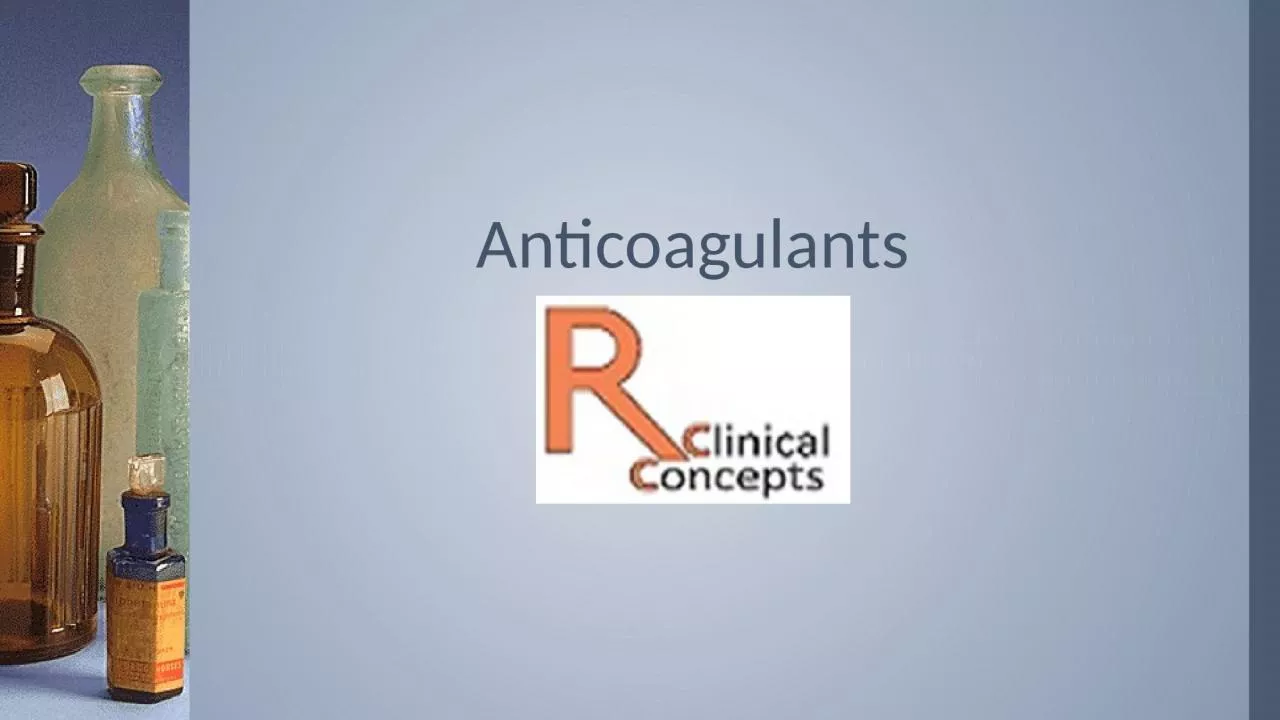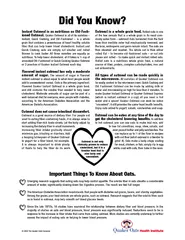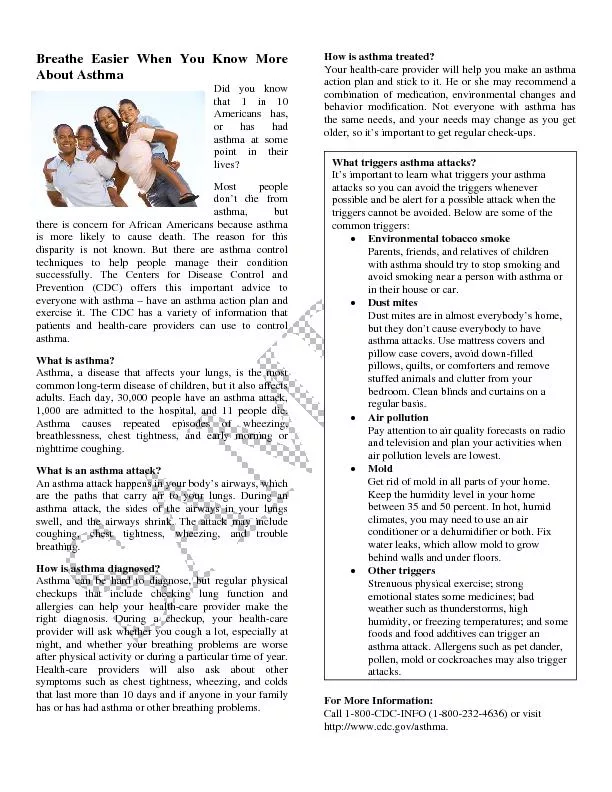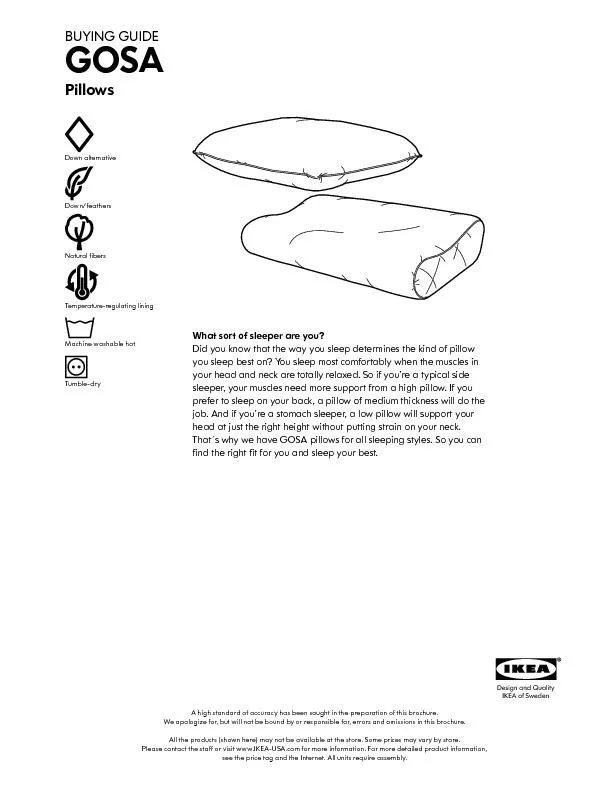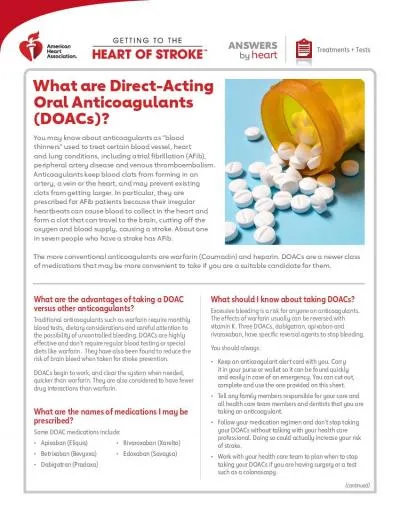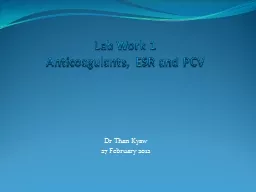PPT-Anticoagulants Did You Know
Author : PrincessPeach | Published Date : 2022-07-28
That major bleeding occurs in about 65 of patients on anticoagulants Thats 1 patient in 15 and commonly GI Bleeding That 1 is fatal bleeding such as intracranial
Presentation Embed Code
Download Presentation
Download Presentation The PPT/PDF document "Anticoagulants Did You Know" is the property of its rightful owner. Permission is granted to download and print the materials on this website for personal, non-commercial use only, and to display it on your personal computer provided you do not modify the materials and that you retain all copyright notices contained in the materials. By downloading content from our website, you accept the terms of this agreement.
Anticoagulants Did You Know: Transcript
Download Rules Of Document
"Anticoagulants Did You Know"The content belongs to its owner. You may download and print it for personal use, without modification, and keep all copyright notices. By downloading, you agree to these terms.
Related Documents

